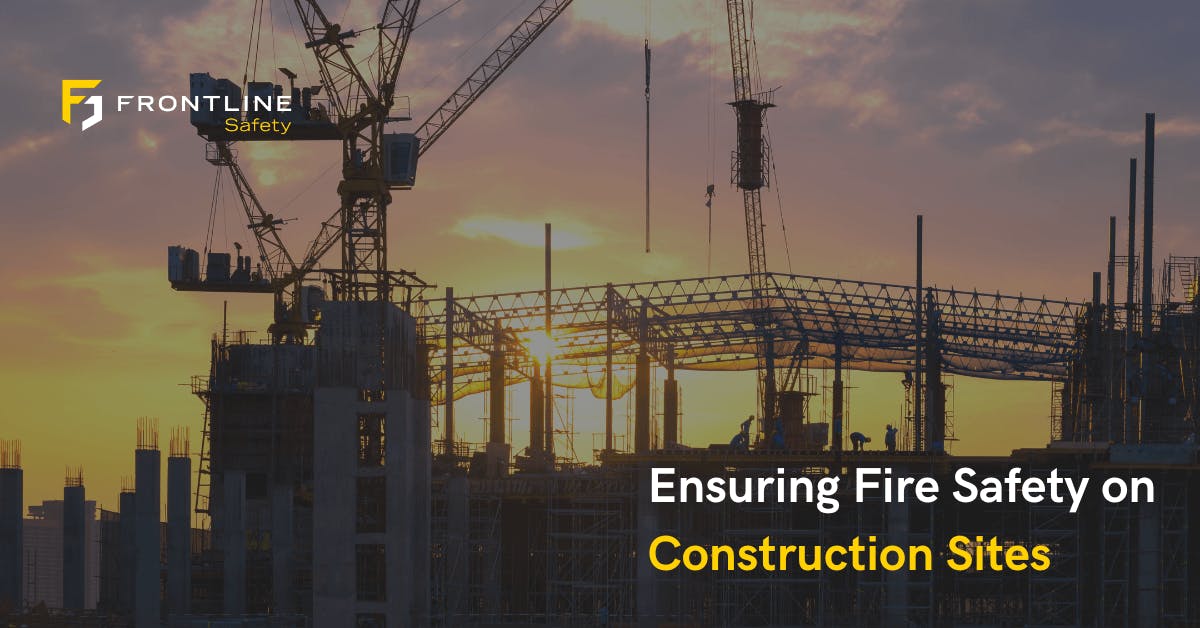
Ensuring Fire Safety on Construction Sites

In the wake of the recent fire and explosion at the Liseberg amusement park in Gothenburg, the construction industry is again reminded of the paramount importance of fire safety measures. This tragic incident underscores the critical need for stringent fire safety protocols during all construction phases, particularly during the often-overlooked construction phase.
The Growing Challenge of Fires in Construction
Construction sites, by their nature, are laden with risks of fire and explosion. The combination of heavy machinery, electrical installations, combustible materials, and sometimes, a lack of permanent fire safety measures creates a potent risk that must be managed proactively. The incident at Liseberg Amusement Park is a stark reminder that fire safety arrangements, including precautions against hot work and careful material selection, are indispensable even before a structure's 'in-use' fire safety measures are in place.
Common Causes and Mitigation Strategies
Research and historical data highlight several common causes of fires and explosions on construction sites, including but not limited to high heat and sparks from welding and cutting operations, electrical errors, open sources of fuel, and the use of defective equipment. Such incidents pose a risk to life and can result in significant financial losses and project delays.
Heat and Sparks
Equipment that generates high heat or sparks can easily ignite combustible materials on a construction site. Maintaining a clean work environment and ensuring such equipment is used with the utmost care are crucial.
Electrical Errors
Short-circuiting, improper use of explosives, and inadequate ground fault protection are common electrical faults that can lead to fires. Regular inspections and adherence to electrical safety standards are key to preventing such occurrences.
Fuel Sources
Construction sites often have open fuel sources, such as propane and gas lines, which can ignite if improperly managed. Safe storage and handling of these materials are vital.
Defective Equipment
Poorly maintained or defective equipment can be a significant fire hazard. Regular checks and maintenance routines are essential to ensure the safety of all construction equipment.
Advanced Fire and Flame Detection Technologies
One of the most effective ways to mitigate the risk of fires and explosions is by implementing advanced fire and flame detection technologies. These systems can detect unusual heat patterns or flames and activate emergency responses to control or extinguish the fire before it escalates.
The tragic incident at Liseberg amusement park serves as a grim reminder of the potential consequences of neglecting fire safety measures on construction sites. It highlights the need for a comprehensive approach to fire safety, encompassing strict adherence to safety standards, regular safety training, and the implementation of advanced detection and suppression technologies. By taking these steps, the construction industry can significantly reduce the risk of fires and explosions, ensuring the safety of workers and the general public alike.
Fire safety in construction is not just a regulatory requirement; it's a moral obligation to protect lives and assets. Let the lessons learned from the Liseberg amusement park incident guide us towards a safer and more secure construction industry





